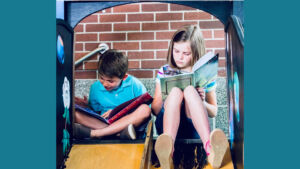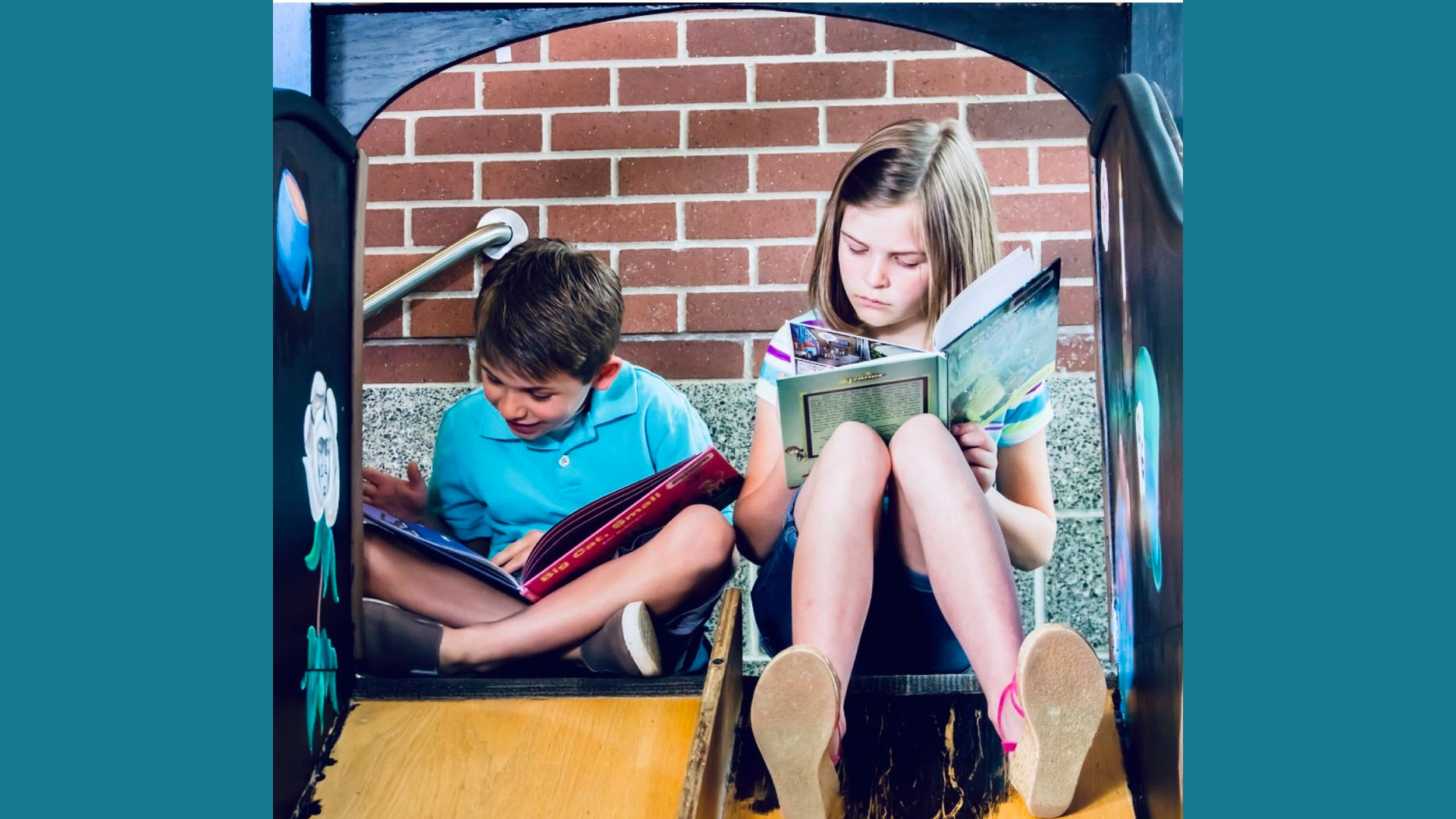As discussed in last month’s column, it is our job, and our joy — it’s all about attitude you know — to help our students generate an interest in non-fiction texts; however, these texts often present more of a challenge for our students. They are often more complex than the narrative format usually found in fiction. Curiosity provides the key to enticing our students to tackle these more complex texts, but they may need more structure and more guidance than their initial curiosity. This is where reading strategies step in. For students tackling non-fiction texts, I believe Pre-Reading Strategies in particular are key. Once again, because they pique curiosity, and if you can tap into students’ curiosity, you have just provided them with intrinsic motivation to read, to learn, to discover. Intrinsic motivation is infinitely more powerful and more enduring than promises of a pizza or ice cream sundae party. Intrinsic motivation will carry them when definitions need to be looked up, when sentence structures are more complex, when concepts are multi-faceted.
If you can tap into students’ curiosity, you have just provided them with intrinsic motivation to read, to learn, to discover.
In addition, pre-reading strategies help set expectations, which positions our students for better success when approaching a non-fiction text. For example, I love the pre-reading strategy of Read Around the Text. Divided into six steps, done either in entirety, individually, or in pairs, each step provides students with a way to approach a text in manageable chunks. My personal favorites are Step #1 and Step #5 & #6.
Step One
Asks students to look at the pictures. Pictures? Cool! That’s not threatening at all. Our society loves pictures. Our students may think that they are just enjoying the pictures, but what we are really doing is helping them to begin prepping their brains for what they are about to encounter and to begin tying new learning into what they already have stored in their brains. Pat Wolfe has written an excellent article on brain research and how it applies to education. She has proven, once again, what educators already know from experience, that we learn by connecting new information to previously stored knowledge.
Step Two
Asks students to read the captions. This step, again, is not intimidating. Most captions are three sentences or less.

Step THree
Guides students to look at maps, charts and graphs and think about what they can learn from those. Again, this is very graphic-oriented and usually less threatening than an entire page of text.
Step Four
Recommends students look at titles, chapter titles, headings, and boldface words to get an idea of what to expect.
Step Five
Asks students to read the first and the last paragraph. Now some students may balk at this — read the last paragraph? Won’t that give it all away? Yes, in fiction. No, in non-fiction. In non-fiction the point is to learn. Isn’t it helpful to know what we are going to learn as we start?
Step Six
Asks students to ask questions. I love asking questions. Questions are helping me tie what I am learning to what I already know, and questions help me ignite that curiosity. Here’s a bookmark you could print for students to use as they become familiar with this strategy. Tune in next month to see how I took this strategy, Reading Around the Text, and turned it into a very practical 6 step process to help students learn how to help themselves self-select a good read.
Resources
Please login or register to claim PGPs.
Alternatively, you may use the PGP Request Form if you prefer to not register an account.



